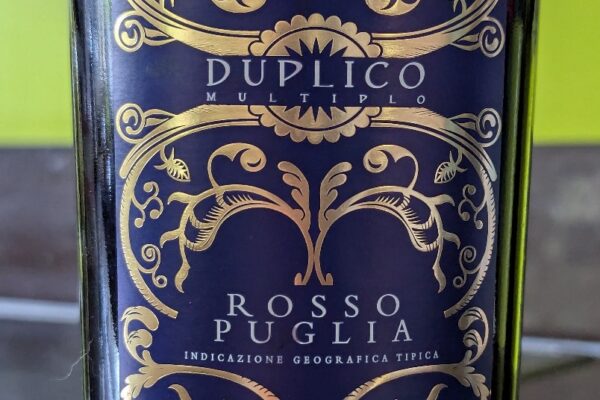
Up to recently, there has been an intriguing relationship between culture, diet and health outcomes, particularly focusing on the Mediterranean diet and the historic and cultural significance of wine. The concept of the French Paradox played a central role in this narrative, highlighting the seemingly contradictory observation that the French population enjoys a lower incidence of coronary heart disease despite a diet high in saturated fats. This phenomenon garnered widespread attention in the 1990s and has became a focal point in discussions about diet and cardiovascular health.
Central to the French Paradox is the role of moderate wine consumption, especially red wine, which is rich in antioxidants like resveratrol. These compounds are believed to confer heart health benefits, such as raising levels of HDL cholesterol—the beneficial type of cholesterol—and providing protection against arterial damage. This has supported arguments that moderate consumption of wine could be a protective factor against heart disease, aligning with broader research that suggests some components of alcoholic beverages might have beneficial effects.
However, the narrative has recently been complicated by a growing emphasis on the risks associated with alcohol consumption. The World Health Organisation (WHO) has increasingly voiced concerns, culminating in a statement declaring that there is “no safe level” of alcohol consumption. This message reflects the influence of public health campaigns and non-governmental organisations advocating for temperance, which has sparked considerable debate. Critics argue that such a stance oversimplifies the complexities of alcohol’s effects on health and disregards the cultural and historical context in which alcohol consumption occurs. They point out that life involves various risks and that absolute safety is an unrealistic standard for many activities, whether it’s driving a car, playing sports or enjoying a glass of wine.
The story continues with new research that explores the impact of lipids found in beer and red wine, along with their alcohol-free variants, on preventing blood platelets from clumping together, a process known as platelet aggregation, which can lead to blood clots. The research specifically focuses on how these lipids counteract the effects of platelet-activating factor (PAF), a chemical that promotes the clumping of blood platelets.
The key findings are that both the alcoholic and non-alcoholic versions of these beverages contain lipids that effectively prevent platelet aggregation induced by PAF. This suggests that the beneficial lipids remain active even after the removal of alcohol. Interestingly, the ability to prevent platelet clumping was similar in both alcoholic and non-alcoholic versions of the beverages.
The broader implications of these findings are significant because they suggest that moderate consumption of these beverages, including the non-alcoholic versions, help reduce the risk of cardiovascular diseases by preventing the formation of blood clots.













